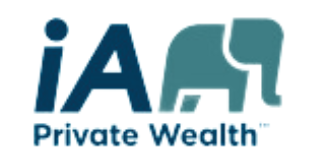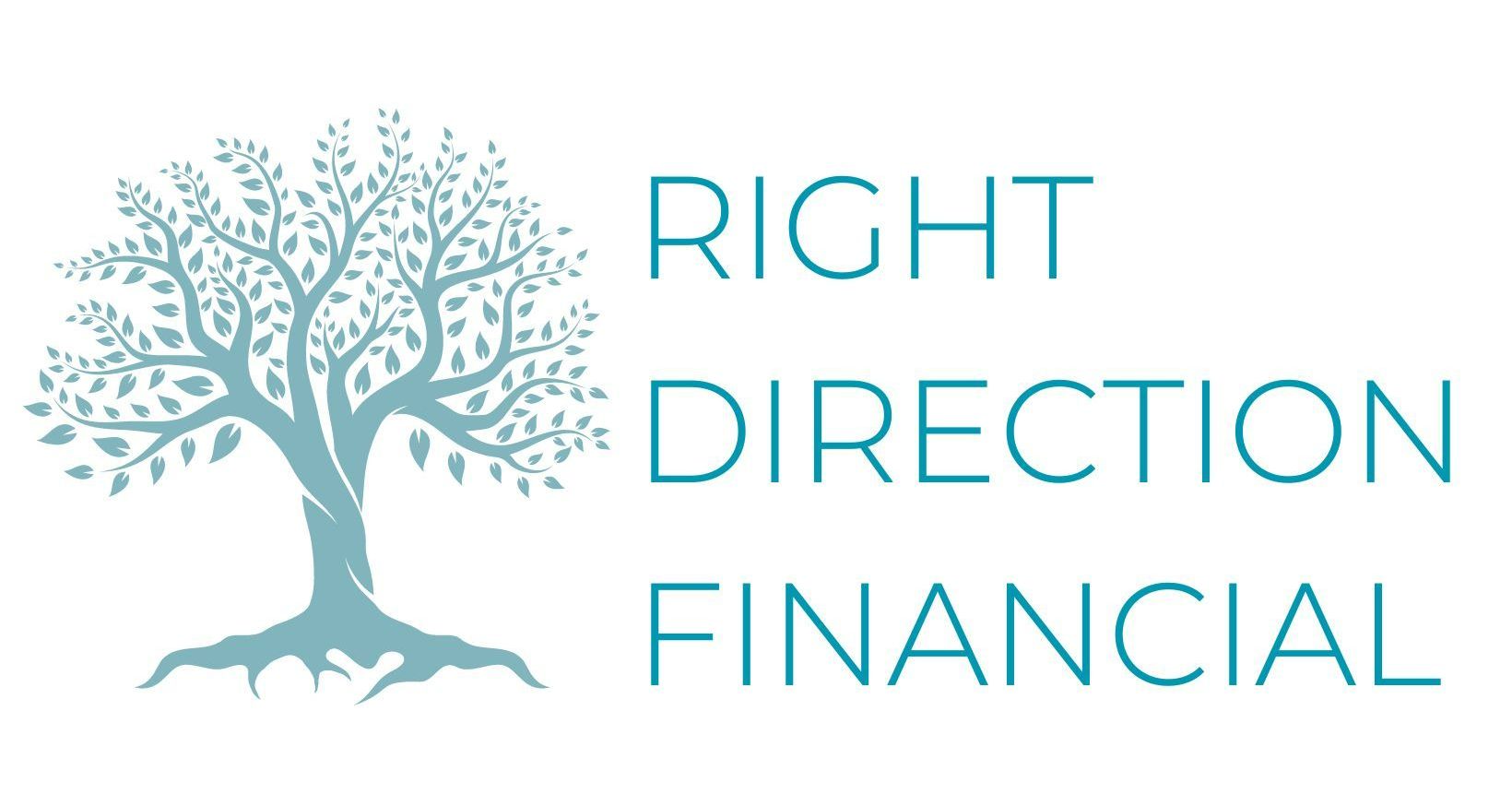Inflation and Interest Rates: Stuck in the Middle
It appears that the current economic situation is characterized by a delicate balancing act between government spending, inflation, and interest rates. The ongoing conflict between fiscal and monetary authorities is creating challenges for policymakers and investors alike.
Key points from the provided information:
- Government Spending and Inflation:
- Governments, particularly since the onset of the pandemic, have engaged in significant spending, leading to large deficits.
- The persistent government spending has fueled inflation, creating upward pressure on prices.
- Governor Macklem from the Bank of Canada has acknowledged that government spending is expected to grow faster than the economy's supply, contributing to inflation.
- Interest Rates and Central Banks:
- In response to rising inflation, central banks, including the Bank of Canada and the US Federal Reserve, are faced with the dilemma of keeping interest rates high to combat inflation.
- The US Federal Reserve has chosen not to increase interest rates for a second consecutive meeting, indicating that the recent increase in bond yields is currently serving the purpose of tightening financial conditions.
- Economic Impact:
- The combination of sticky inflation and higher interest rates is taking a toll on consumer confidence, reflected in a drop to a five-month low.
- Economic indicators, such as a flat reading in Canadian GDP and a contraction in the US manufacturing sector, suggest challenges for economic growth.
- Bond Market Reaction:
- The bond market rebounded strongly, influenced by the announcement of smaller-than-expected US Treasury bond issuance for Q4 and the decision of the Fed to keep the overnight rate steady.
- Stock Market Reaction:
- Investors reacted positively to the perception that central banks may be nearing the end of their rate-tightening cycle.
- Small caps, rapid growth companies, high-yield payers, and discounted value stocks performed well, leading to significant gains in both US and Canadian benchmarks.
- Earnings Trend:
- Strong earnings in the third quarter have marked a positive shift in the negative earnings trend in the US, contributing to the positive sentiment in equity markets.
- Market Returns:
- Both the TSX/S&P (Canada) and S&P 500 (US) experienced notable gains, with the US market posting a substantial return of 13.7% for the week.
Overall, the narrative suggests a complex economic environment where policymakers are grappling with the consequences of prolonged government spending, inflationary pressures, and the need to manage interest rates to support economic stability. The reactions in bond and equity markets reflect the uncertainty and the delicate balance that exists in the current economic landscape.
Market Returns to Nov 6
| TSX/S&P (Canada) | 3.8% |
|---|---|
| S&P 500 (US) | 18.7% |
Source: Bloomberg.com


















